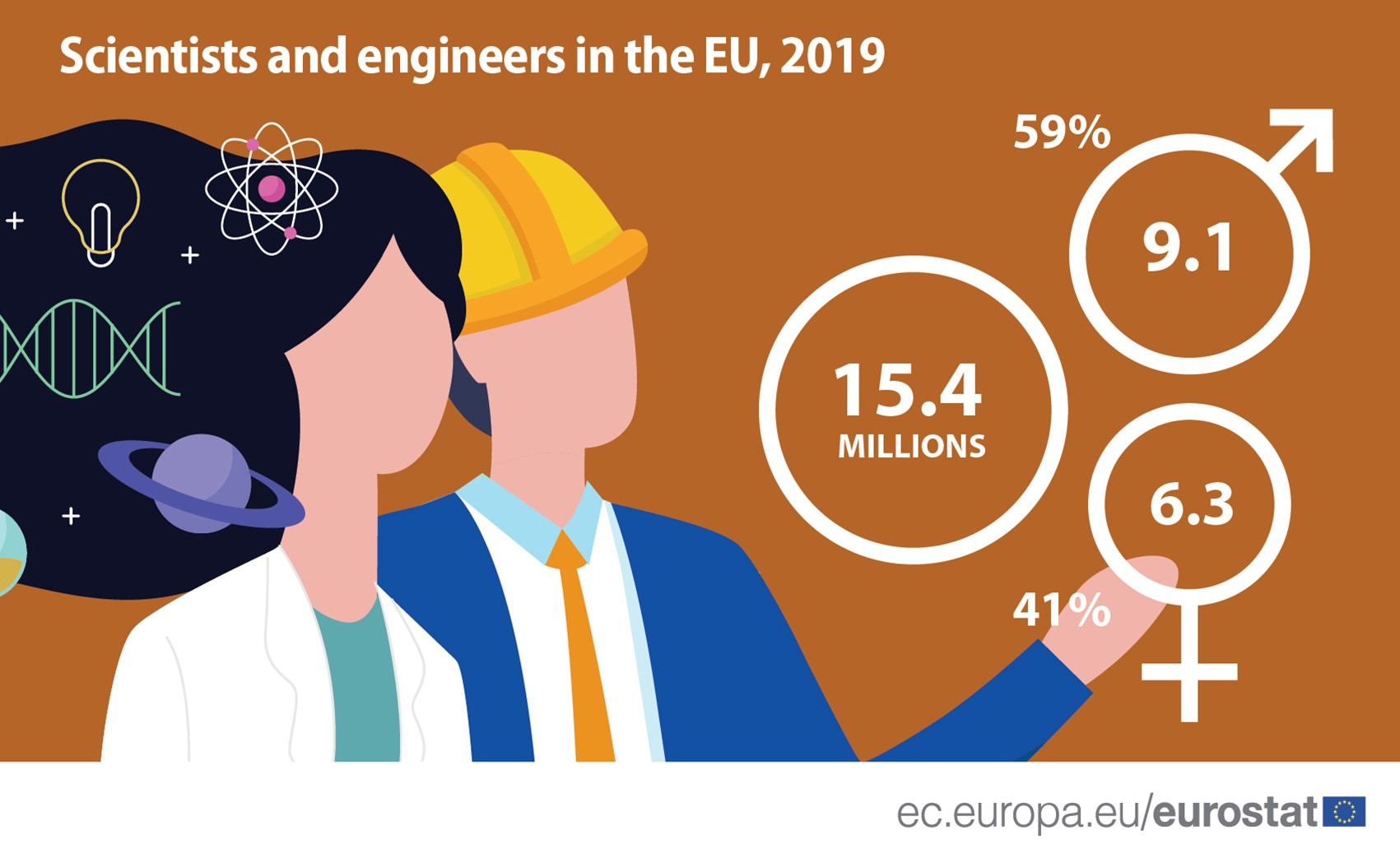
Cold Weather Research Laboratory (CWR) is the Army's cold weather research facility. It houses an electron microscope laboratory, a soils laboratory, a machine workshop, a building for ice drilling, a ballistics facility, wastewater treatment cells and an ice drill test facility. CWR conducts cold weather research to improve the Army’s ability to handle extreme temperatures and icy conditions. Although many parts of the facility are classified by the government, the core mission is the same: to protect soldiers.
Data center
The U.S. Army Corps of Engineers first-ever built a next-generation datacenter. The equipment required to be highly redundant, scalable, efficient and energy-efficient. The new facility was built on existing real estate on the CRREL campus. The data center was designed to provide support for both internal and externe operations in order to ensure seamless transitions for mission-critical services. This facility meets strict energy efficiency standards. The new facility features a 96-zone electricity system. This is the lowest level of power consumption anywhere in the world.
The Cold Regions Research and Engineering Laboratory was created in 1971 from three antecedent organizations. The U.S. government and military can rely on the research center for engineering and scientific assistance. It also offers technical support for non-governmental customers. Cold Regions Research and Engineering Laboratory today hosts more than 20,000,000 files on various subjects. Here's a look at the Cold Regions Data Center. Let's get to know more about the Cold Regions Data Center!
Search facility
CRL, the University of California Berkeley Research Facility, is an important component of University of California Berkeley. Its mission is to foster research in the field of language and communication by bringing together faculty, students and research associates to study various aspects of the process. This includes research on the brain and the way it processes language. It also includes the processing or other fluids. This allows researchers to conduct experiments that would not be possible anywhere else.
The CRL has two labs. The CRL has two labs. One is for small artifacts. Another is for large iron artifacts. One of the three labs was just opened. It is called the Archaeological Analytical Laboratory. It is capable of storing thousands upon thousands of artifacts as well as providing detailed analysis. Although the CRL labs are extremely specialized, they will provide great support to academic institutions.
Drill for thermal coring

USA CRREL thermal Coring Drill is a continuous-core drilling device that uses the ring-shaped heating element. A suspended cable feeds the heating element to melt the ice. The core is 12.2 cm in size after the thermal drill melts ice annulus. Drilling speeds vary from 1.9 m/h-1 in -28degC and 2.3 m/h-1 in temperate.
The thermoplastic material used to construct thermal coring holes is not the only one that can be melted. Other types of thermal coring drilling drills have been created independently. The following bibliography includes papers on thermal drilling drills. The use of a thermal coring drill in an RC structure will result in a more precise thermal model. For this reason, thermal coring drills are often used in RC drilling applications.
The tower is 6.7m high and three sections are available. Two sections can be split into shipping containers to transport the drill. The drive unit and the cable drum are supported by a single frame. A depth counter is mounted on the tower. It can drill deep holes thanks to its flexible shaft and mechanically controlled cable drum. Cables are used to suspend the cable drum. The cable drum is connected to the drive unit by a flexible shaft at the top of tower.
Safety

The Cold Regions Research and Engineering Laboratory, also known as CRREL, provides a facility to train oil spill responders. This facility is located in the Prudhoe Bay, Alaska, and was used by the oil spill cleanup organization, Alaska Clean Seas. CRREL in Geophysical Research Basin has oil spillage response specialists who can use the facility to practice the process for recovering crude oil from the harsh environment.
CRREL is a major U.S. Army investment in research in extreme conditions. Located in Hanover, New Hampshire, the Cold Regions Research and Engineering Laboratory conducts research throughout Alaska. The center will also act as a Material Evaluation Facility. This is where Army field material can be validated, improved, and improved. This is critical to Soldier readiness. It is also crucial for Army operations.
FAQ
What Does an Aerospace Engineer Do?
Aerospace engineers apply their knowledge in aeronautics. Propulsion, robotics, flight dynamics, and flight dynamics to create aircraft, spacecrafts, satellites. Rockets and missiles can also be designed by them.
An aerospace engineer could design new aircraft types and fuel sources or create space suits.
What kind of jobs can I get if I study engineering?
Engineers can find employment in almost every industry, including manufacturing, transportation, energy, communications, healthcare, finance, government, education, and defense.
Engineers who are specialists in a particular field can often find employment at certain companies or organizations.
An example of this is that electrical engineers can work for telecommunications firms, medical device makers, or computer chip manufacturers.
Software developers could be employed by websites or mobile apps developers.
Tech companies such as Google, Microsoft and Apple may employ computer programmers.
Elon Musk is what kind of engineer?
He is an inventor who enjoys thinking outside the box.
He's also an avid risk-taker.
He isn't afraid of trying new ideas and is willing to take chances.
Elon Musk is a great example of someone who thinks differently from other people. He doesn't listen to what others say. He tests his ideas, then decides if they are successful. He will change them if they don't work until he comes up with something that does. He is able to develop new ideas and solve problems.
Statistics
- 8% Civil engineers solve infrastructure problems. (snhu.edu)
- Typically required education: Bachelor's degree in aeronautical engineering Job growth outlook through 2030: 8% Aerospace engineers specialize in designing spacecraft, aircraft, satellites, and missiles. (snhu.edu)
External Links
How To
Which type of engineering should you study?
Engineering is an exciting career choice for anyone interested in technology. There are many kinds of engineers. Each one has their own set of skills. Some are skilled in mechanical design and others specialize in electrical systems.
Engineers may work directly with clients to design buildings and bridges. Others may spend most of their time working behind the scenes, developing computer programs or analyzing data.
No matter which type of engineer, you'll learn how scientific principles can be applied to solve real-world problems.
Along with technical skills, students learn valuable business and communication skills. Engineers often work in collaboration with other professionals, such as accountants, managers or lawyers, to create new products and services.
You'll be able to explore topics such as mathematics, chemistry and physics while you are a student. You will also learn how communicate effectively verbally and in writing.
Engineers have many advancement opportunities, regardless of whether they work for a large firm or a small company. Many people get jobs as soon as they graduate. You also have many options for continuing education.
A bachelor's degree could be earned in engineering. This will give you the foundation to work in future jobs. A master's degree can be pursued to further your training in specialized areas.
A doctorate program allows you to delve deeper into a particular field. A Ph.D. can usually be completed after four years in graduate school.